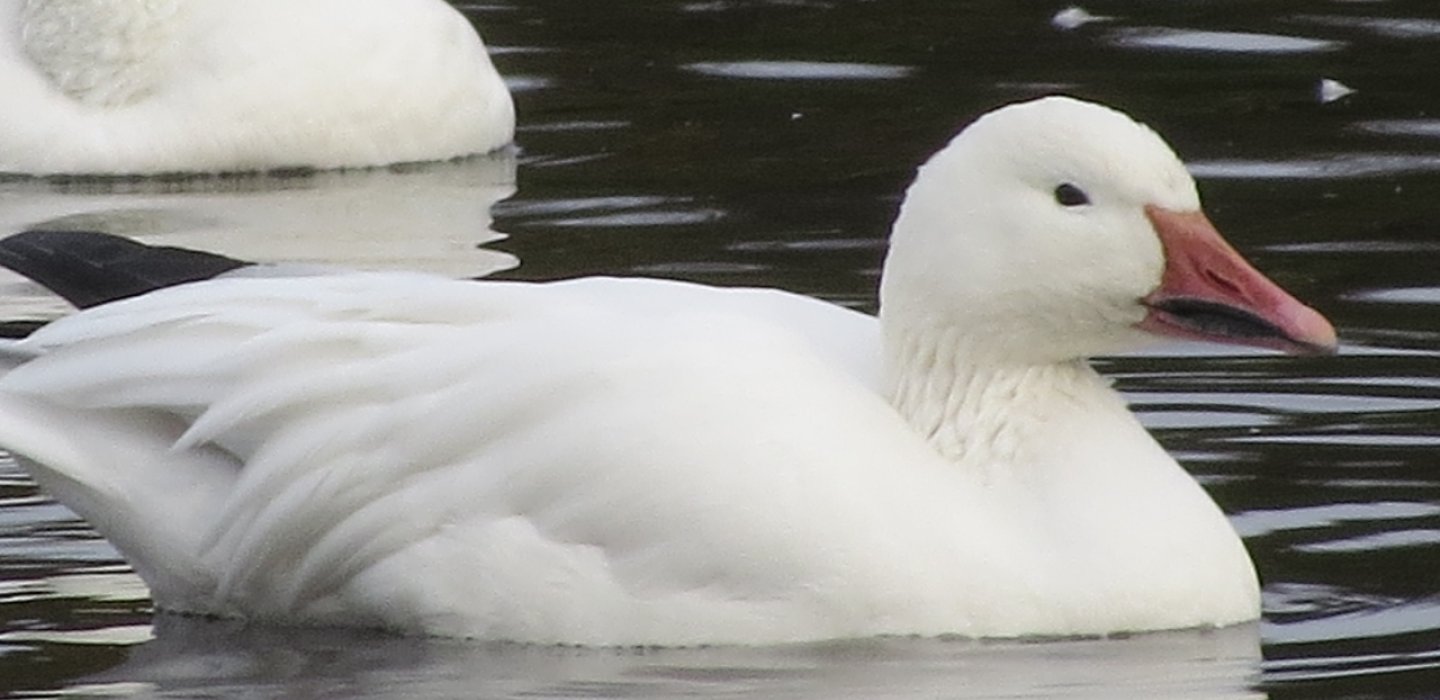
Snow Geese in Malone
An annual awe-inspiring phenomenon in Malone is a magnet for birders and other wildlife enthusiasts alike. In fall, Malone becomes an important stop-over location for thousands of Snow Geese on their journey southward. They feed in the agricultural fields during the day, and then, just after sunset, in spectacular fashion, they seemingly fall from the sky like enormous snowflakes to roost on Rotary Lake in the Malone Memorial Recreation Park! It is a remarkable sight that really should to be experienced firsthand.
.jpg)
.jpg)
Snow Geese, arctic and subarctic breeders to our north, begin to arrive in Malone by early October and leave by late November, peaking in numbers by late October to early November.
The Snow Goose population has been exponentially growing since the 1960s, when scientists first began to make careful estimates of their numbers. The growth in population is due to the flexibility of the birds to switch their diet from natural sources before European settlement, to more human agricultural food sources today. Malone has the perfect combination of waste grain, a favorite food of the geese, in abundant agricultural fields, along with bodies of water to accommodate the birds.
Visit to Malone Memorial Recreation Park
.jpg)
On a recent visit to see the Snow Geese, I stopped by the Malone Memorial Recreation Park to check Rotary Lake in mid-afternoon. I expected to see just a handful of Snow Geese, since the birds feed in the fields during the day. Surprisingly, there were over 1,000 Snow Geese on the lake and even more Canada Geese! So instead of driving around to the agricultural fields in search of Snow Geese flocks, I photographed the birds already on Rotary Lake.
.jpg)
.jpg)
The Snow and Canada Geese spent over an hour on the lake and a few ventured onto the grassy shoreline. With active dog walkers and toddlers running around the park playground, the shoreline birds would quickly head back into the water.
.jpg)
.jpg)
Both adult and juvenile Snow Geese were observed. Snow Geese form lifelong socially monogamous pair bonds.
.jpg)
.jpg)
.jpg)
.jpg)
There was a pair of "dark morph" Snow Geese on the lake. These birds were formerly considered a separate species called Blue Goose, but are now lumped with Snow Geese.
.jpg)
There are also intermediate birds between light and dark morph plumages.
.jpg)
Although the Snow and Canada Geese nearly covered Rotary Lake, there were a few other species too. American Black Ducks, Mallards, Hooded Mergansers, and a Great Blue Heron were also observed.
.jpg)
The sound of thousands of Snow and Canada Geese covering the lake was deafening!
Three women from Quebec, who were visiting Malone, stopped by to see the Snow Geese, and a photographer came by too. The sky was beginning to cloud up as there was a possibility of rain at sunset.
After an hour, and by late afternoon, all the geese began to fly east in the direction of the Salmon River (over Pinnacle Mountain). It would only be a short time before the geese would return at sunset to roost on Rotary Lake, so it was likely they were feeding in and along the nearby Salmon River.
.jpg)
The Snow Geese were a lovely sight against the backdrop of beautiful fall colors as they took off from the lake.
.jpg)
It was beginning to lightly rain as the geese flew toward the river, so I flew the coop too and took a drive around Malone.
Exciting Sunset at Rotary Lake
Returning an hour before sunset, there were only a few Snow Geese on the lake.
.jpg)
About 50 more arrived a half-hour before sunset, and fortunately, the rain stopped. Beginning just after sunset and continuing for the next 45 minutes, Snow and Canada Geese arrived in huge numbers from the east. Wave after wave after wave of goose flocks flowing in the darkening sky appeared like massive bee swarms as they approached the lake. The birds honked, flapped, and jockeyed for positions as they landed on the water. All the activity filled the air with a cacophony of sound and excitement!
.jpg)
.jpg)
The sight of so many geese, suddenly descending on and covering the lake, is breathtaking. I took many photographs, but then, I simply stopped to take in this remarkable visual and auditory experience with just my eyes and ears.
.jpg)
.jpg)
Estimating 1,000 to 1,200 Snow Geese was conservative, and the number may have actually approached 2,000. During peaks in prior years, observers have estimated as many as 4,000 Snow Geese covering the lake!
As the darkness of night encroached, the Snow Geese covering Rotary Lake made the lake appear to glow white! It was a beautiful sight and a lovely way to end the day.
If you plan to visit Malone to see the annual fall Snow Geese spectacle, there are many lodging and dining options to enjoy after the geese have landed for the night. Birding in the Malone area is exciting year-round too.

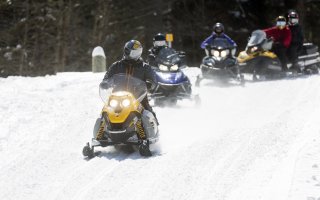
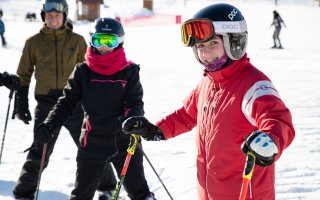
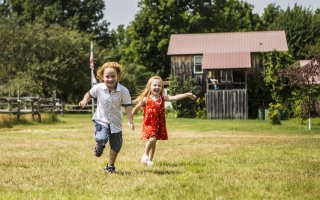
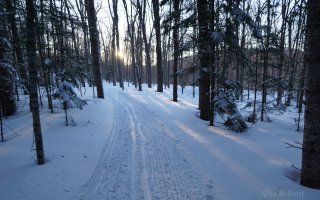
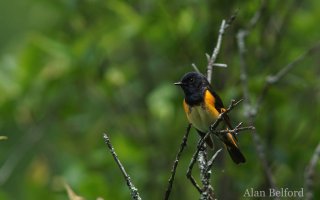
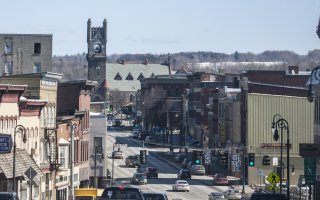
Comments
Add new comment